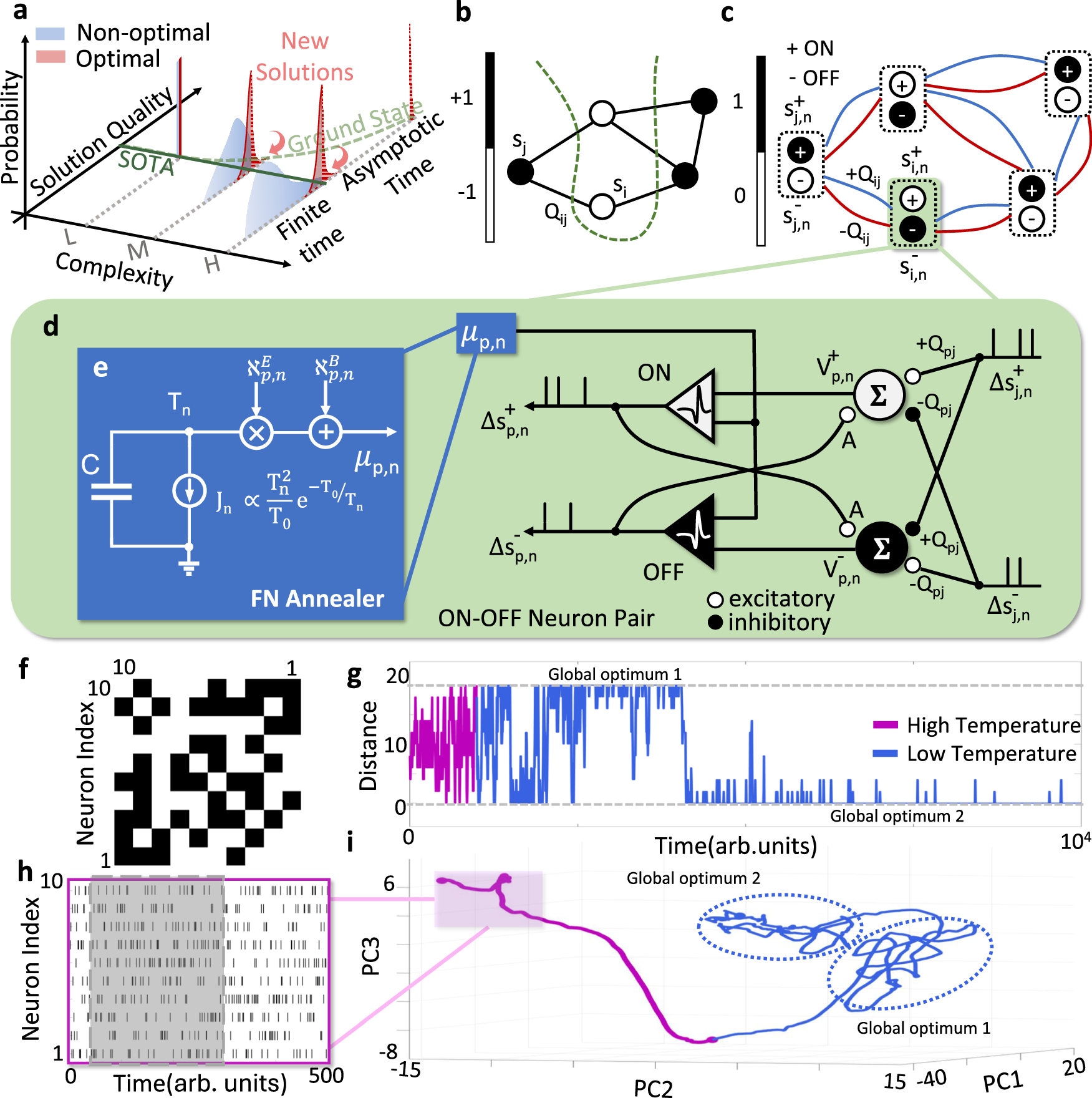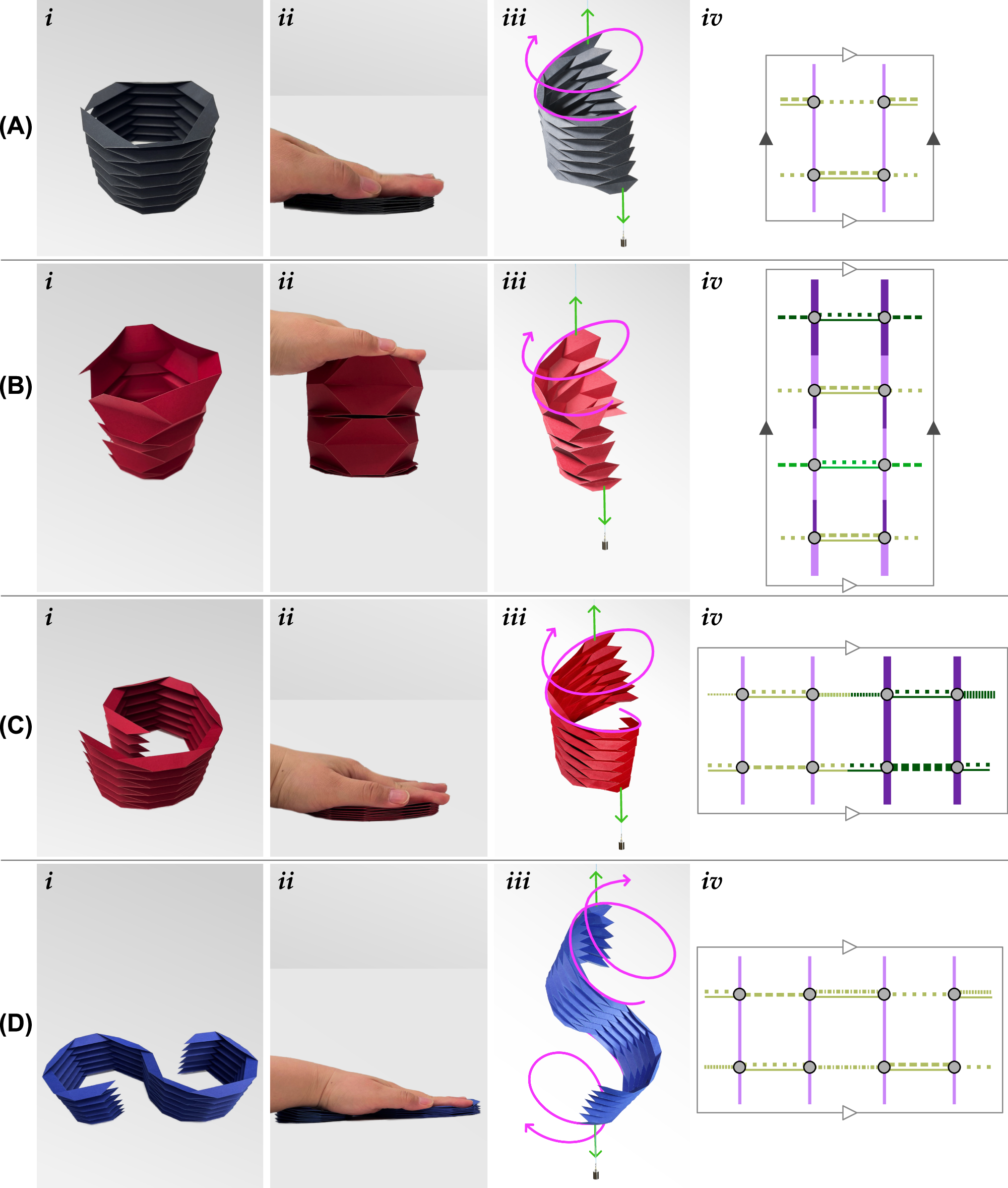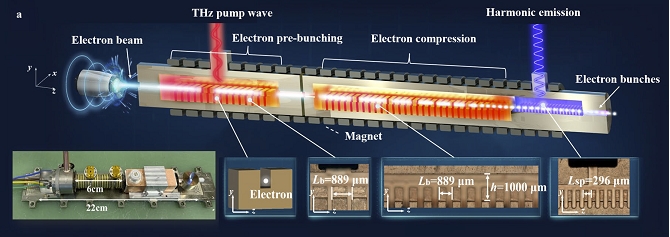2025-05-01 ワシントン大学セントルイス校
<関連情報>
- https://source.washu.edu/2025/05/a-neuro-quantum-leap-in-finding-optimal-solutions/
- https://engineering.washu.edu/news/2025/A-neuro-quantum-leap-in-finding-optimal-solutions.html
- https://www.nature.com/articles/s41467-025-58231-5
Fowler-Nordheimアニーラーを用いたON-OFF型ニューロモルフィックISINGマシン ON-OFF neuromorphic ISING machines using Fowler-Nordheim annealers
Zihao Chen,Zhili Xiao,Mahmoud Akl,Johannes Leugring,Omowuyi Olajide,Adil Malik,Nik Dennler,Chad Harper,Subhankar Bose,Hector A. Gonzalez,Mohamed Samaali,Gengting Liu,Jason Eshraghian,Riccardo Pignari,Gianvito Urgese,Andreas G. Andreou,Sadasivan Shankar,Christian Mayr,Gert Cauwenberghs & Shantanu Chakrabartty
Nature Communications Published:31 March 2025
DOI:https://doi.org/10.1038/s41467-025-58231-5

Abstract
We introduce NeuroSA, a neuromorphic architecture specifically designed to ensure asymptotic convergence to the ground state of an Ising problem using a Fowler-Nordheim quantum mechanical tunneling based threshold-annealing process. The core component of NeuroSA consists of a pair of asynchronous ON-OFF neurons, which effectively map classical simulated annealing dynamics onto a network of integrate-and-fire neurons. The threshold of each ON-OFF neuron pair is adaptively adjusted by an FN annealer and the resulting spiking dynamics replicates the optimal escape mechanism and convergence of SA, particularly at low-temperatures. To validate the effectiveness of our neuromorphic Ising machine, we systematically solved benchmark combinatorial optimization problems such as MAX-CUT and Max Independent Set. Across multiple runs, NeuroSA consistently generates distribution of solutions that are concentrated around the state-of-the-art results (within 99%) or surpass the current state-of-the-art solutions for Max Independent Set benchmarks. Furthermore, NeuroSA is able to achieve these superior distributions without any graph-specific hyperparameter tuning. For practical illustration, we present results from an implementation of NeuroSA on the SpiNNaker2 platform, highlighting the feasibility of mapping our proposed architecture onto a standard neuromorphic accelerator platform.



